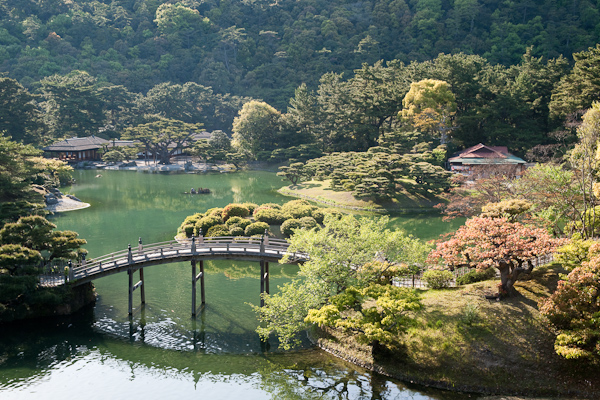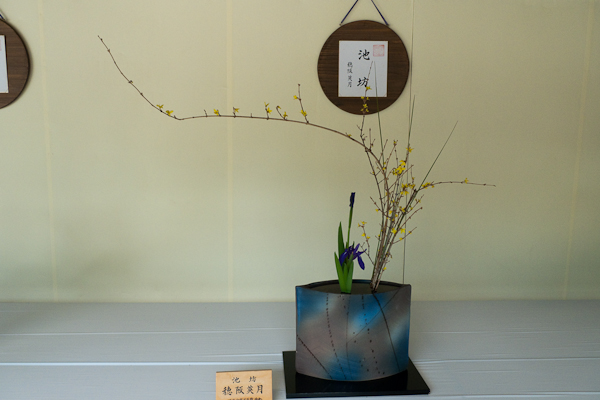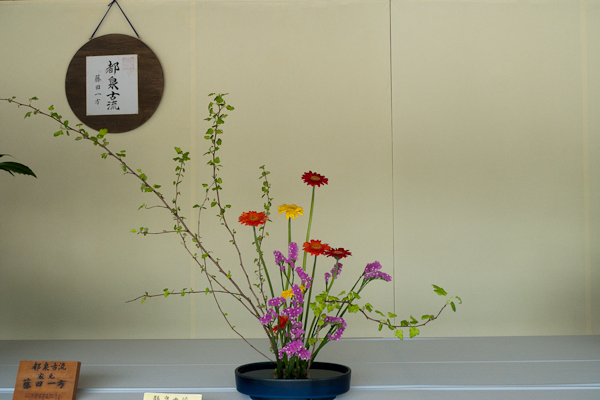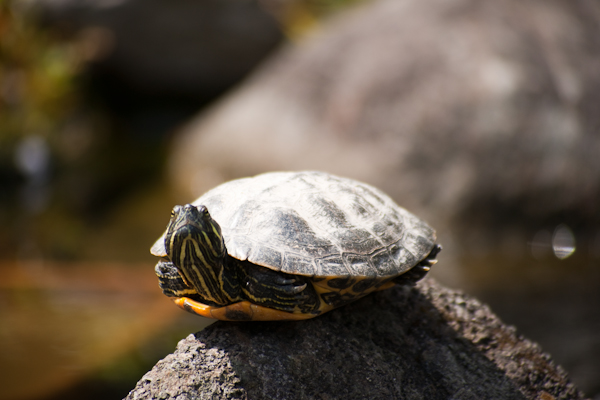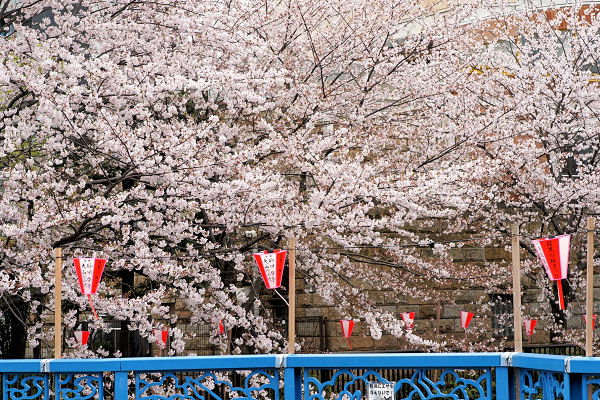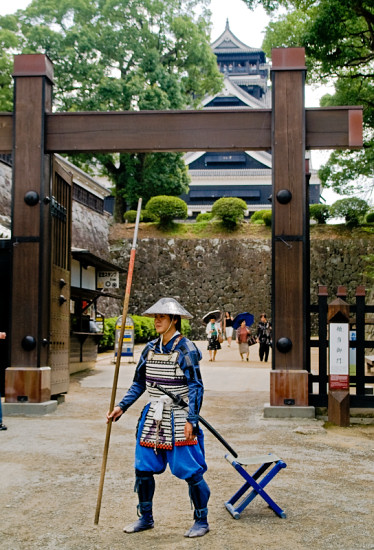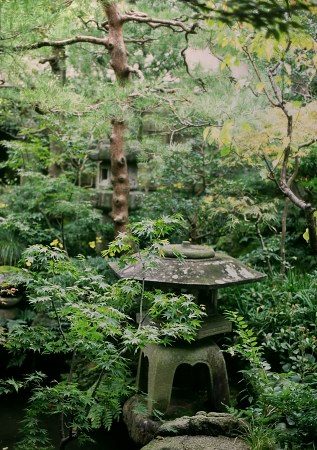Fresh green leaves coming through a massive iron fenceat Yoyogi park (Tokyo, Japan)

These are mainly photos from a much two short ten-days trip to Marrakesh and surroundings end 2006. There also are some shots from previous trips to Morocco, but scanning all those slides takes a lot of time...
July 25, 2010
July 24, 2010
April 25, 2010
April 24, 2010
Dogs in a shop
There were quite a few puppies in this shop in Himeji, near the famous castle, every one in its own small plastic box, looking outside.
Of course I wish that every one finds a nice home and a good owner, but isn’t it a pity that such shops can make money this way?
View from the Castle
April 23, 2010
On the move - sometimes it needs a little push
This historic train in Matsuyama (Shikoku) had to be shifted to the neighbouring track in order to make room for the arriving streetcar.
Obviously, it was easier to move by muscle power than to attach the (also historic locomative) and let it leave under its own power.
I saw the same train in action though, a bit later.
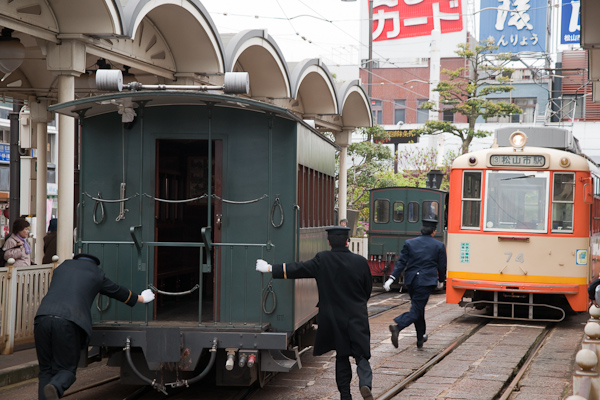
April 22, 2010
Stairs to the top - Miyajima
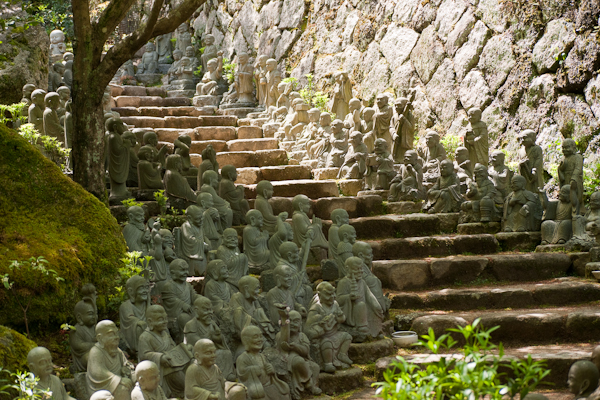
The easy way to get to the top of the mountain offering a beautiful view of small islands and the coast is, of course, the ropeway.
However, if you take a return, you are missing out on many scenic spots and small mountain temples.
In this little temple hundreds of small Buddha statues line the way.
April 21, 2010
Miyajima revisited
many years ago, I took a shot of the famous floating Tori at low tide.
April 12, 2010
April 11, 2010
April 10, 2010
Great Buddha at Kamakura
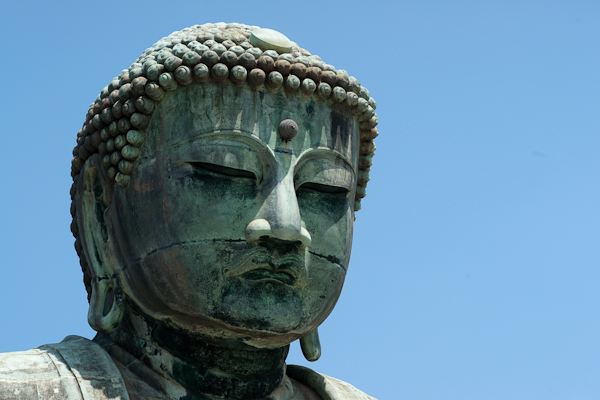

The great Buddha statue in Kamakura is among Japans best known attractions.
Although the huge structure seems quite compact, it is actually hollow and visitors are actually admitted to enter inside.
Not really photogenic, but quite an experience nevertheless.
Below, you see a shot taken upwards, the black whole wolud be where the neck joins the torso.

April 9, 2010
January 17, 2008
February 21, 2007
February 7, 2007
Bunraku in Kyoto

Gion Corner in Kyoto may not be the most authentic place for Japanese Theatre, but it’s a good way to see different styles of theatre in one evening - and photography is allowed.
Bunraku is the art of the Japanese puppet theatre - one puppet may require several puppet players although there’s always a lead player who sometimes is fully visible.
January 24, 2007
January 7, 2007
Green tea in the Garden
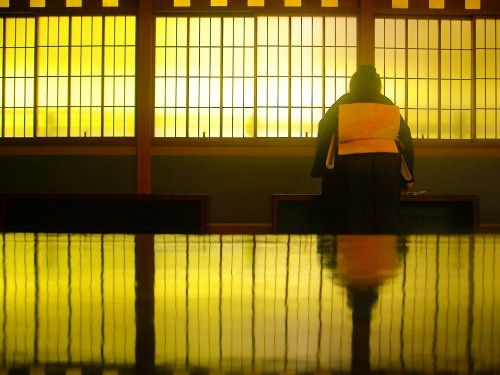
Not a full-fledged tea-ceremony - but still a very meditative process: with her back to us, a woman prepares two cups of green macha tea in Tokyos Shinjuku Gyoen Park.
Her silhouette is reflected on the lacquer wood of the table.
More on Shinjuku Gyoen Park at Wikipedia.
December 31, 2006
Japanese Sushi
eaten together with a portion of “bif-tan” (that is how it appeared on the menu, actually the Japanese version would be “Gyu-tan” and the English one “beef tongue”) as set menu in a Matsushima restaurant.
I preferred the sushi.
September 20, 2006
Who’s that?
no idea what type of bug this is - but it sure is sitting on a beautiful lotos seed pod in a Fukuoka temple.
September 5, 2006
Seagull
highly recommended: a boat trip on a beautiful day near Otaru (Hokkaido).
Otaru itself is a pleasant enough city, but the colourful harbour is a photographer’s paradise.
One of the attractions aboard are the seagulls which are attracted by crumbs of bread thrown into the air by some passengers.
September 2, 2006
Sapporo Reflection
There is a small park with two beautiful ponds next to the old Sapporo government building.
A very meditative spot right in the centre of this Northern metropolis.
September 1, 2006
Sapporo at sunset
view from the JR (Japan Rail) Tower.
This building was completed in 2003 and is 173 meters high.
The only thing I hated when going around the 38th storey was the very repetitive background music.
As an aside: when you go there, have a look at the toilets - I do not think that there’s a loo with a better view anywhere on this planet ![]()
August 30, 2006
Crater Lakes of Japan
The “Okano” crater lake at Zao San (Near Yamagata, Japan) lies still and displays its incredibly green colour - for a few seconds before it is again covered by mist.
Much less peaceful: the crater lake of Mount Aso on Kyushu (Japan), also shows an impressive greenish colour.
August 29, 2006
Japanese Castles
Kumamotojo - the most famous castle on Kyushu (Japan).
Tsurugajo, Aizu Wakamatsu
August 28, 2006
Mountain Sunset
I saw this on the way back from the termal springs of Zao Onsen to Yamagata.
August 27, 2006
Path in the Garden
a footpath in the beautiful Japanese “Oyakuen” garden, Aizu Wakamatsu, Japan.
August 26, 2006
Celestial Calligraphy
interesting clouds seen over Aizu Wakamatsu (Honshu, Japan).
August 25, 2006
Kiyomiza Deara at Sunset
a magical moment in kyoto, Japan.
August 24, 2006
Japanese Theatre: “Kyougen play”
This is a scene from a funny “Kyougen” play: distrusting his servants, the a master binds them before leaving the house.
However, even bound, they find a way to get to the master’s sake provisions and drink from it.
Gion Corner in Kyoto presents short snippets of Japanese arts including various styles of theatre, the tea ceremony and the art of flower arrangement.
All this is quite touristy, but still fun and a good way to get some fascinating shots (you can even use flash throghout the performance).
August 23, 2006
Fishing Bears
Ten years ago, when walking tetsugaku-no-michi (path of philosophy), I saw a bear fishing near Ginkakuji temple.
Now upon revisiting the site, I did not really expect to see him again, but when I came to the same site, there now actually was a pair of bears fishing the same waters.
Cuddly continuity…
August 22, 2006
Kinkakuji Temple
This is the famous golden pavilion that figures in Yukio Mishima’s famous novel “the temple of the golden pavilion”.
Like the pavilion in the novel, the real one was burned down by fanatical young man.
Mishima himself tried to stage a coup by taking a Japanese Military commander hostage.
When he realised that hist plans for restoring the traditional Japan would not succeed, he committed ritual suicide.
The real golde pavilion was rebuilt in 1987 this time also covering the lower storey with a relatively thick layer of gold.
Popularly known as Kinkaku-ji, the temple’s real name is Rokuon-ji.
August 20, 2006
Fukuoka Sunset 2
another shot from the Fukuoka Tower at sunset.
August 18, 2006
On the way to Mount Aso
Mount Aso is one of the largest active volcanoes in the world and the largest one in Japan.
It’s almost 1600 meters high and its caldera has a circumference of 120 km.
August 17, 2006
Dejima: Dutch Factory
For a long time, Dejima (in Nagasaki) was Japan’s only door to the world.
In the reconstructed Dutch factory, you can now see the unique blend of Japanese and Western culture: chairs furniture standing on “tatami” mats that are usually meant for sitting on a small zabuton or sleeping on the rolled out futon mattress.
August 16, 2006
Nagasaki Atomic Bomb museum
next to the Nagasaki Atomic Bomb museum is a vault that you reach through grey concrete tunnels while always there is water flowing next to you.
A very impressive place. The racks in the central vault hold the names of the victims of the second nuclear bomb.
August 13, 2006
Lampions
Now at the time of O Bon, many lanterns are lit all over Japan, - as here in a Fukuoka shrine
August 12, 2006
Lotos Bud in the Tochoji temple, Fukuoka
a Lotos Bud, seen in the Tochoji temple, Fukuoka (Japan)
August 11, 2006
Oil lamp in Tochoji temple, Fukuoka
This temple is famous for holding the largest wooden Buddha statue in the world, but unfortunately photographing this impressive (albeit recent) statue is not permitted.
August 10, 2006
Somewhere in Fukuoka
A temple in Fukuoka, Japan.
August 9, 2006
August 8, 2006
ACROS Fukuoka
I placed my camera on the ground and shot upwards using a delay of 10 seconds.
Konica Minlta 7d Sigma 15-30.
February 9, 2006
November 4, 2004
October 29, 2004
October 15, 2004
October 10, 2004
Japanese Park
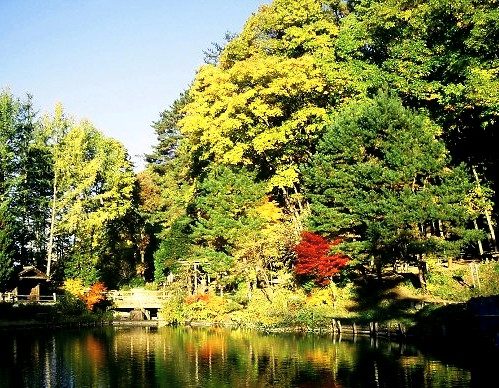
The pond in Hida Folk Village, Takayama, Japan. Already, you can see the first autumn colours.
Hida folk Village is worth a visit anyway as youi can learn a lot about traditional Japanese architecture and see demonstrations of traditional crafts.
October 9, 2004
A Kyoto Theatre
Visiting a theatre performance can be quite an experience - especially if this takes place in another culture.
I’ll never forget this performance in Kyoto - the colourful costumes, the light, the traditional music.
The short piece here is about a Koi (goldfish) and a crane.
October 5, 2004
September 9, 2004
July 31, 2004
July 24, 2004
Shinto Shrine

Shinto shrine in Miyajima. The ceremony performed there was solemn and impressive - although I didn’t understand it at all…
July 20, 2004
Peace Cranes

One of the most impresive sights in Hiroshima are the innumerable brightly coloured paper cranes at the Children’s Peace monument.
I was told that the origami cranes had become a powerful peace symbol because of the story of a little Japanese girl who developed leukemia 10 years after the nuclear bomb had been dropped.
She had begun to fold 1000 origami cranes but died before she could complete her task. Others continued for her and there are thousands and thousands of new cranes every year.
March 19, 2004
Japan: Lake and Torii

Ashino-ko lake is a crater lake and only a few thousand years old.
On it’s shores, there’s a small red Torii which is illuminated at night.

March 7, 2004
March 1, 2004
Japan: Miyajima

Miyajima is renowned as one of the most beautiful attractions in Japan. In the background you can see the famous “floating torii”, the entrance to the Itsukushi Shrine, that stands inthe water at high tide.
February 21, 2004
February 8, 2004
Japan: Sandal Maker

In the Hida Folk Village (Takayama, Japan) one can visit traditional Japanese houses from various epochs as well as many almost forgotten skills.
February 3, 2004
Japanese Tea Ceremony

What is the real purpose of the Tea Ceremony? Philosophy? Zen? The perfect cup of tea?
Well, I would guess that, today, the answer is simple: money.
The event no longer takes place in a small garden house but in theatre-style halls.
Even so, one shouldn’t miss the opportunity to attend such a ceremony. It’s beautiful.
And you even can take photographs, which would not exactly be compatible with the traditions of Cha-Do - the way of tea.
February 1, 2004
Japan: Fly-fishing in Kamakura

A beautiful sunset in Kamakura. More on taking pictures of silhouettes.
January 31, 2004
Images of Asia: Japan.
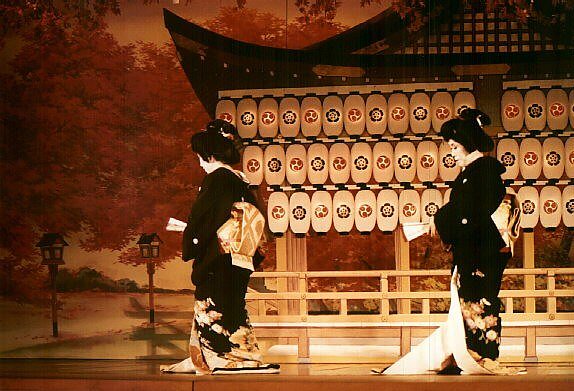
I’m going to post some pictures from Japan in this Weblog, in addition to this, here’s my Japan photo gallery .
Interesting Links:
Japan Photos at my main Galleries
Wikipedia Japan
BOXMAN fotologue Photos taken around Tokyo


